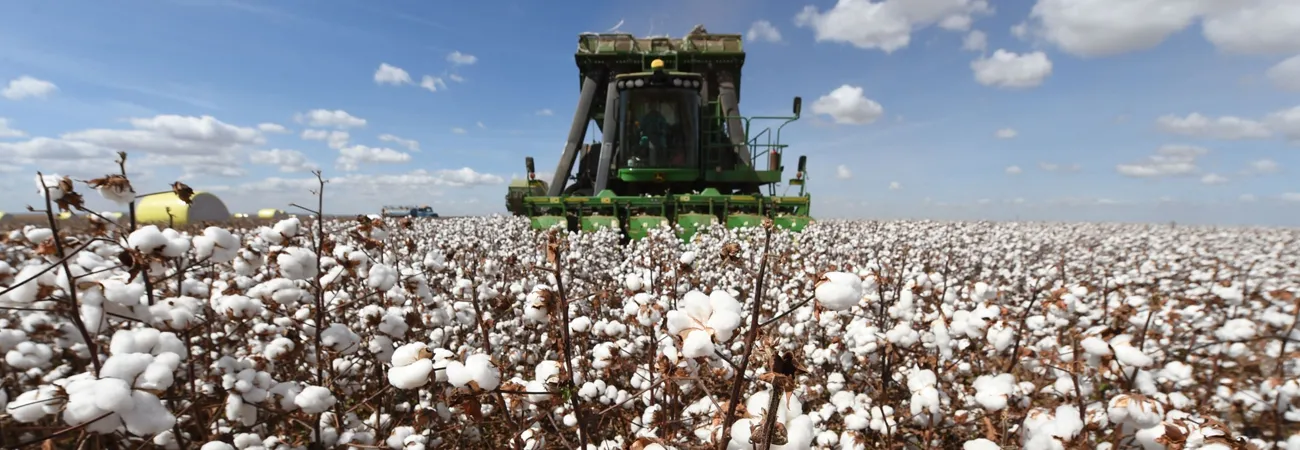i ECONOMY
Persistent surge in the cotton prices has raised alarm bells, casting a shadow of uncertainty over the textile sector’s prospects in 2024, reports WealthPK. The local cotton market saw the spinners’ interest in buying quality cotton, especially during the last week of December, 2023, causing the price to rise by Rs500 to Rs1,000 per maund. “Cotton production has been on the decline every year due to an unusual increase in the cultivation of sugarcane in the cotton zones of Sindh and Punjab and adverse weather conditions. However, in 2023, the situation changed to some extent and the crop output is much better than the previous years,” said Muhammad Akbar, Scientific Officer at the Central Cotton Research Institute, Multan. However, the heightened interest of textile spinners in buying the superior-grade cotton contributes to a robust demand-supply scenario, influencing a noteworthy escalation in market prices. He added, “For textile manufacturers, the surge in cotton prices is a tough situation. This surge will cause their overall production expenses to go up, making it harder for them to make profits.
“Imagine running a factory where you turn the raw cotton into clothes, with the prices of that initial cotton material shooting up. This means higher costs at every step of the process, from buying the raw cotton to turning it into the final product. As a result, the profit margins for the manufacturers will get smaller, creating a tricky and challenging situation for them to navigate in the business world. “Exporters, another vital component of Pakistan's textile industry, will also grapple with the competitive disadvantage resulting from the elevated production costs. The higher cost of production will make the Pakistani textile products less price-competitive on the global market, potentially impacting the country's share in international trade,” Akbar said. He added, “Cotton consumption by the textile industry this year has dropped considerably; if the conditions persist, more factories might stop working. To navigate these challenges, the policymakers should consider targeted measures, such as providing financial support or incentives to mitigate the impact on manufacturers.”
Credit: Independent News Pakistan (INP)









